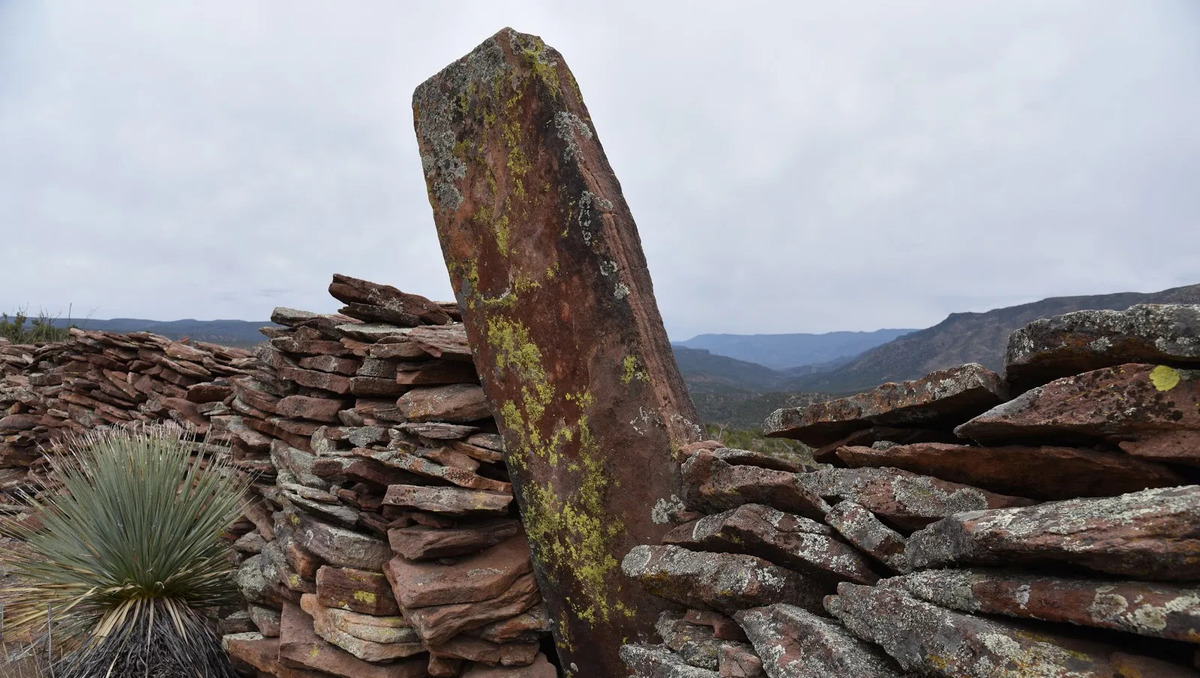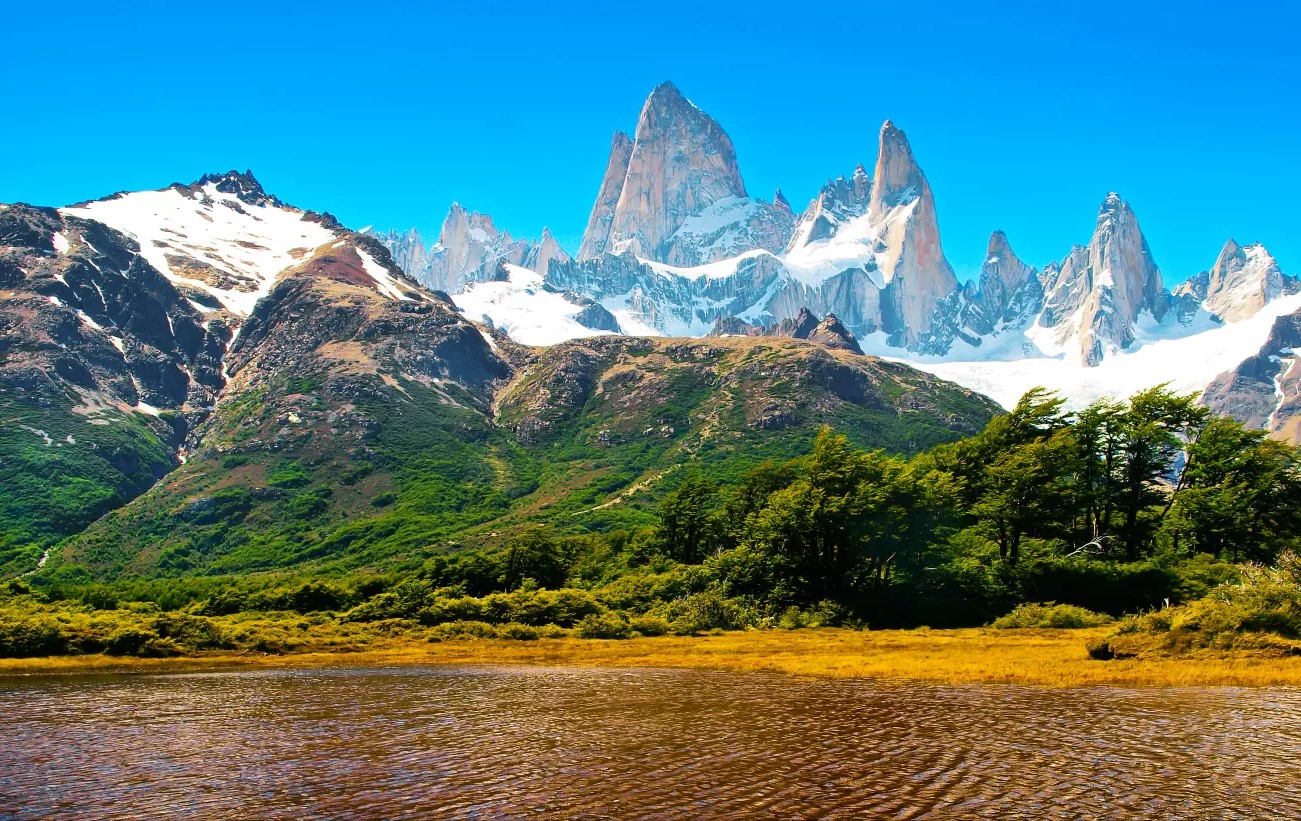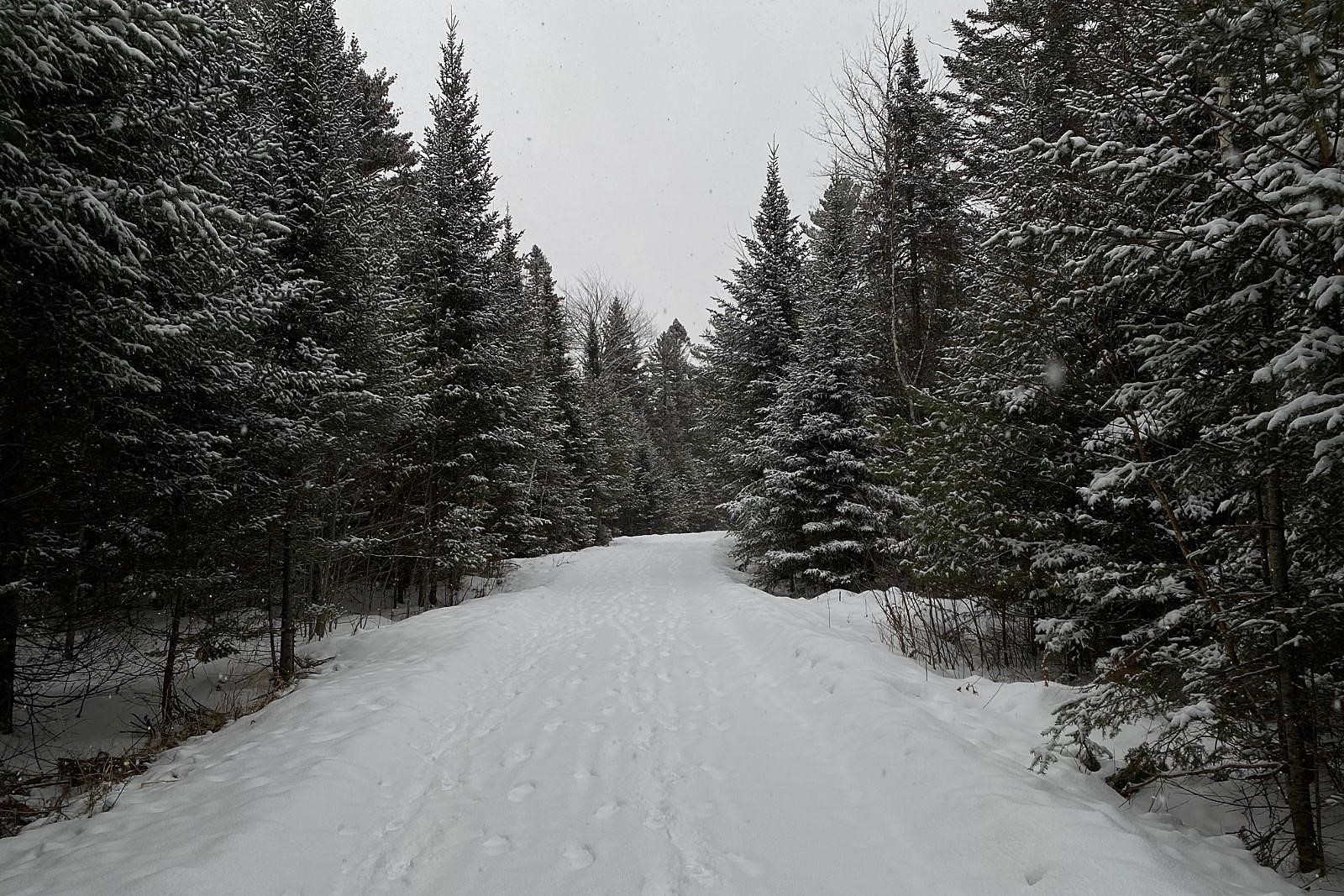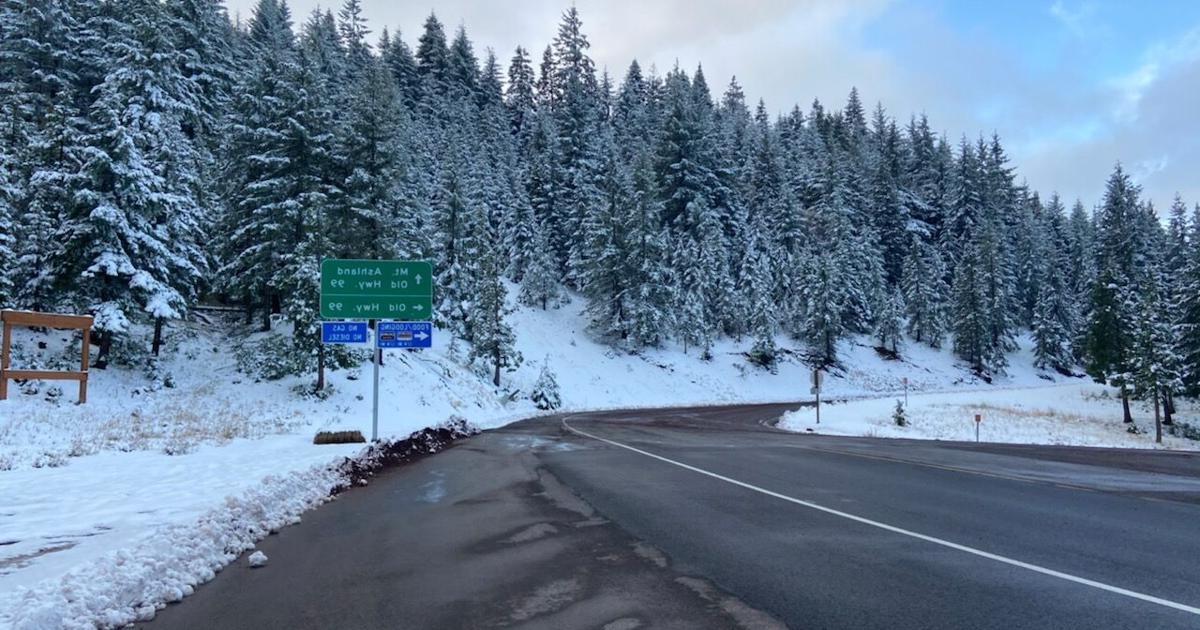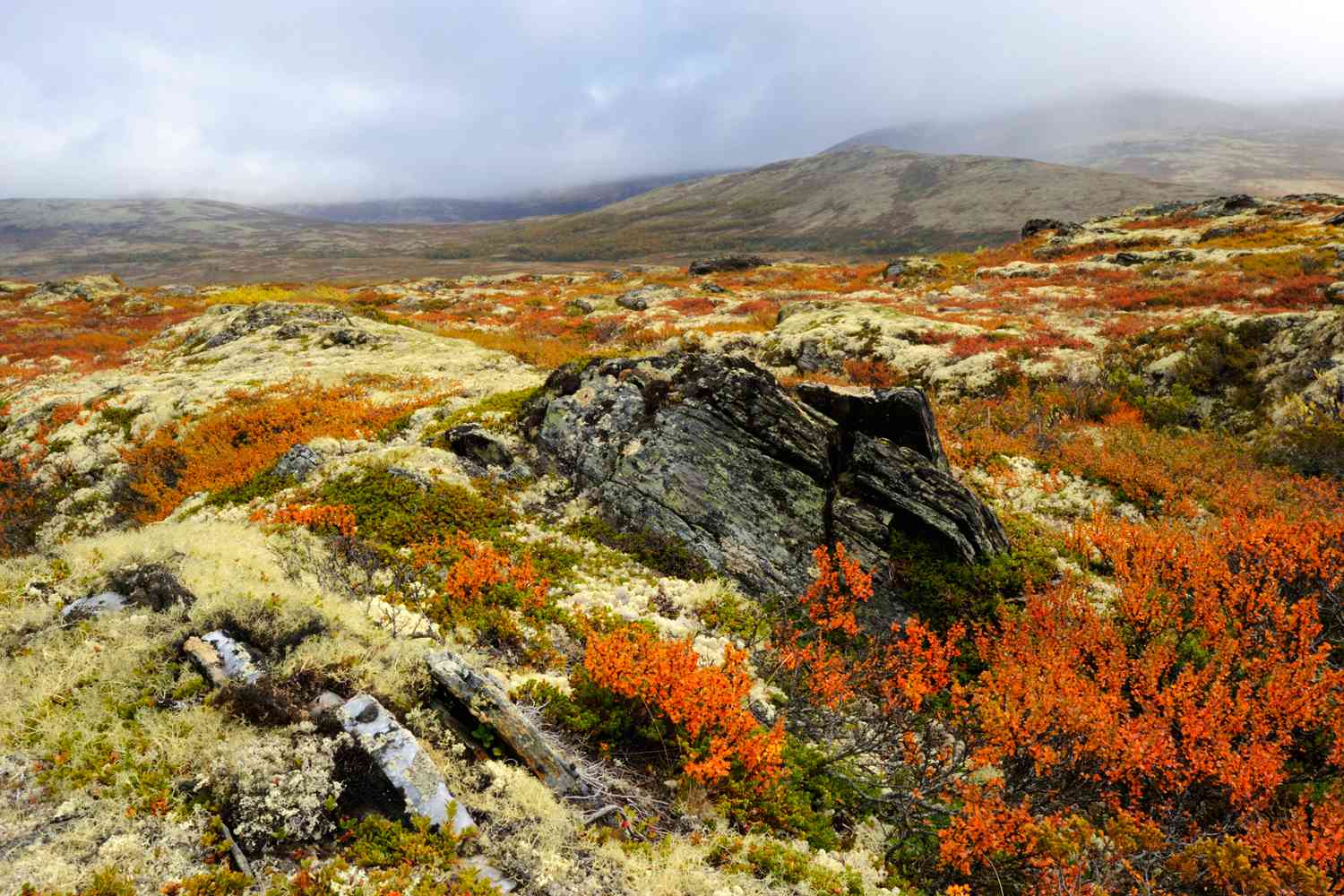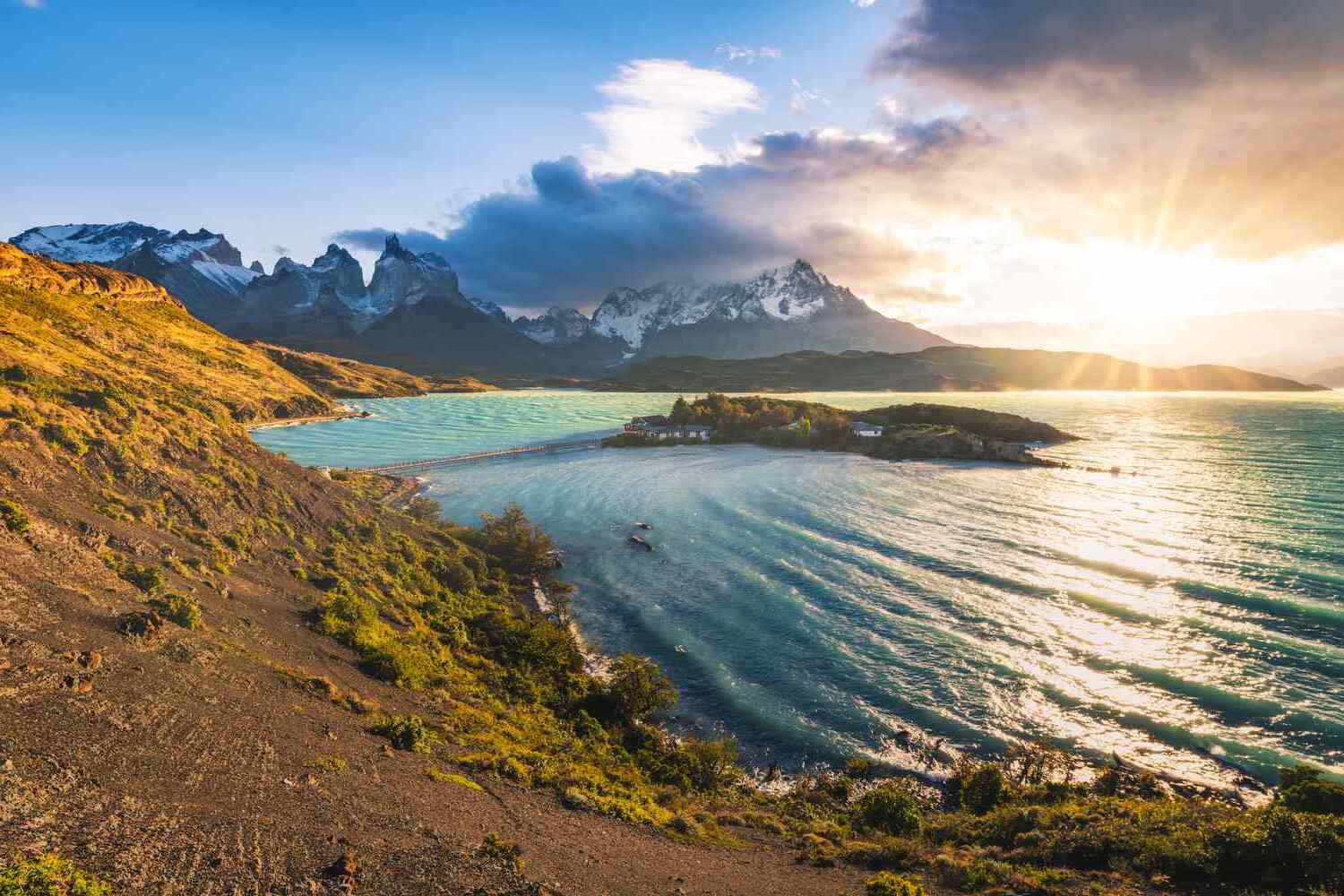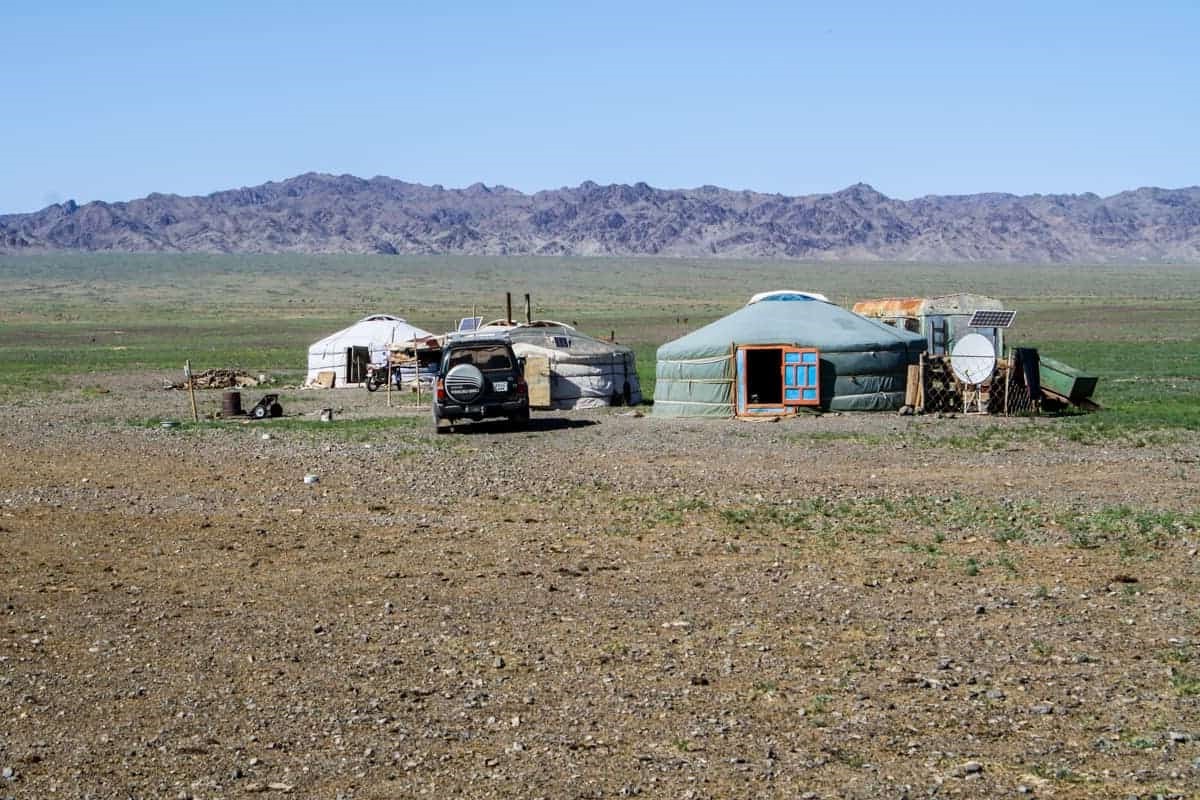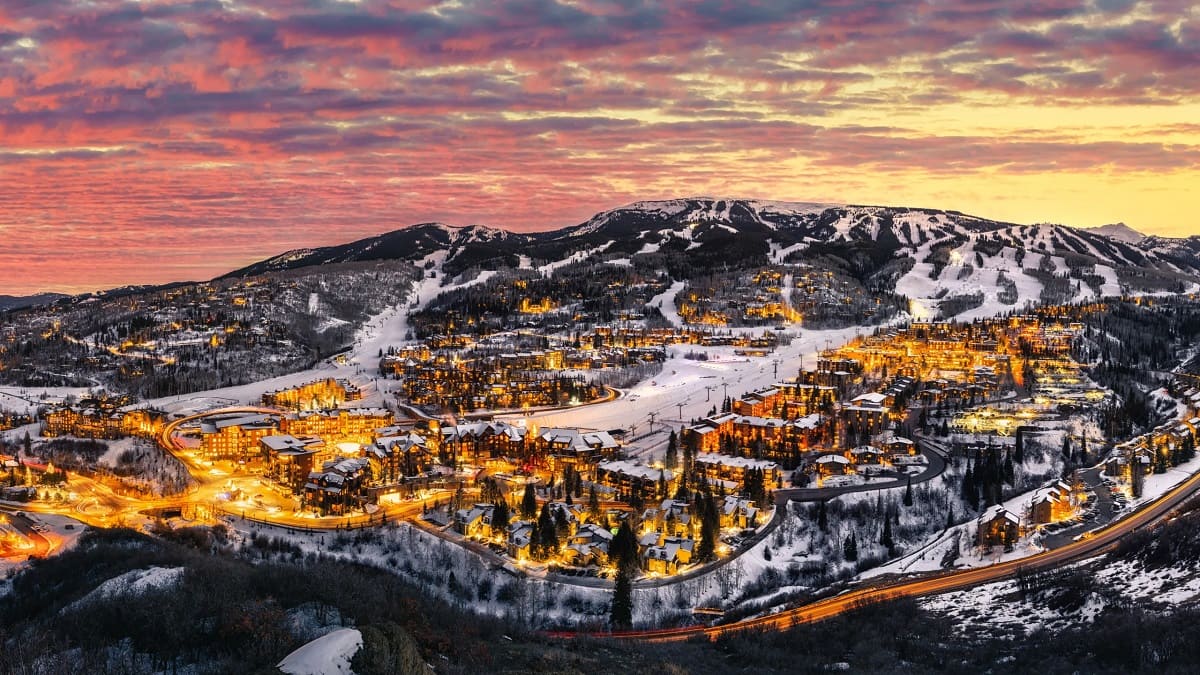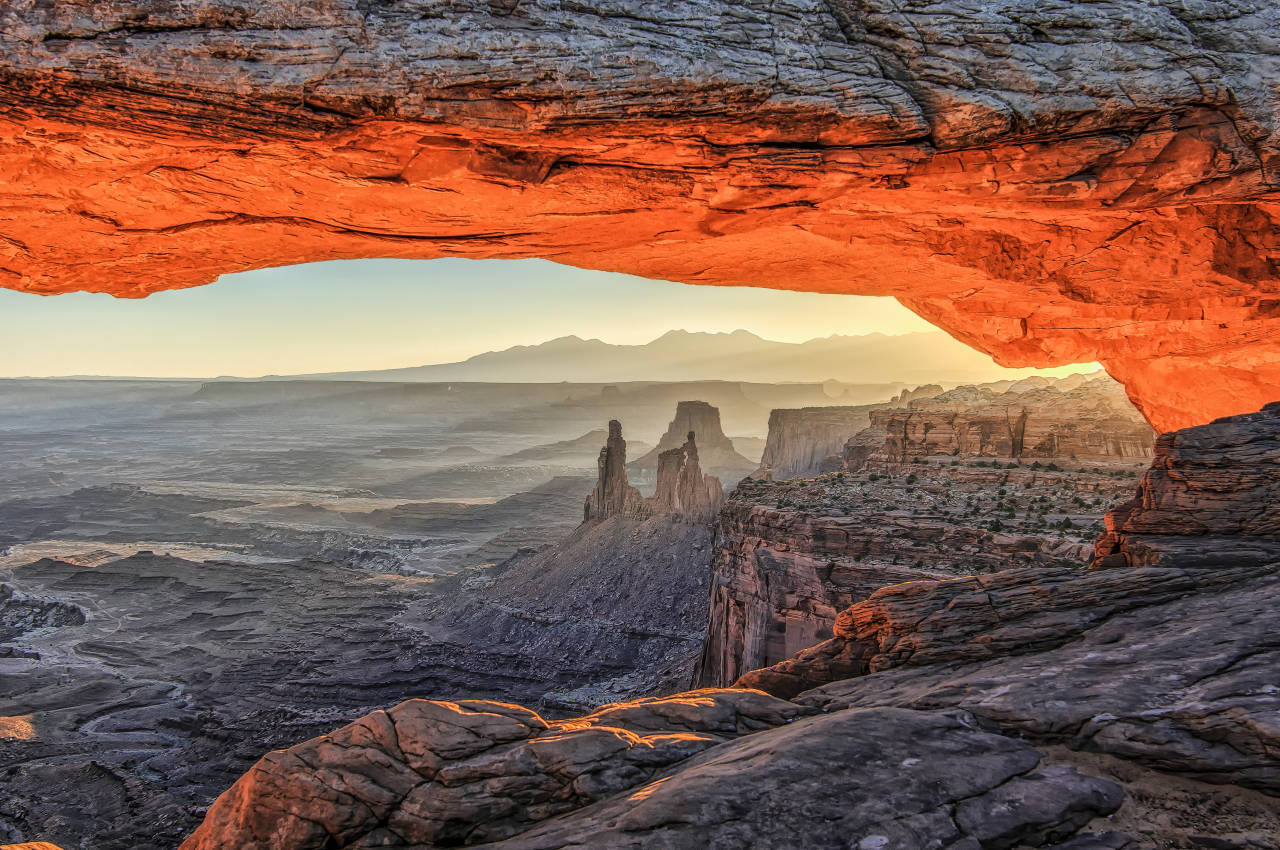Home>Weather and Climate>Tundra Weather Patterns Unfolded
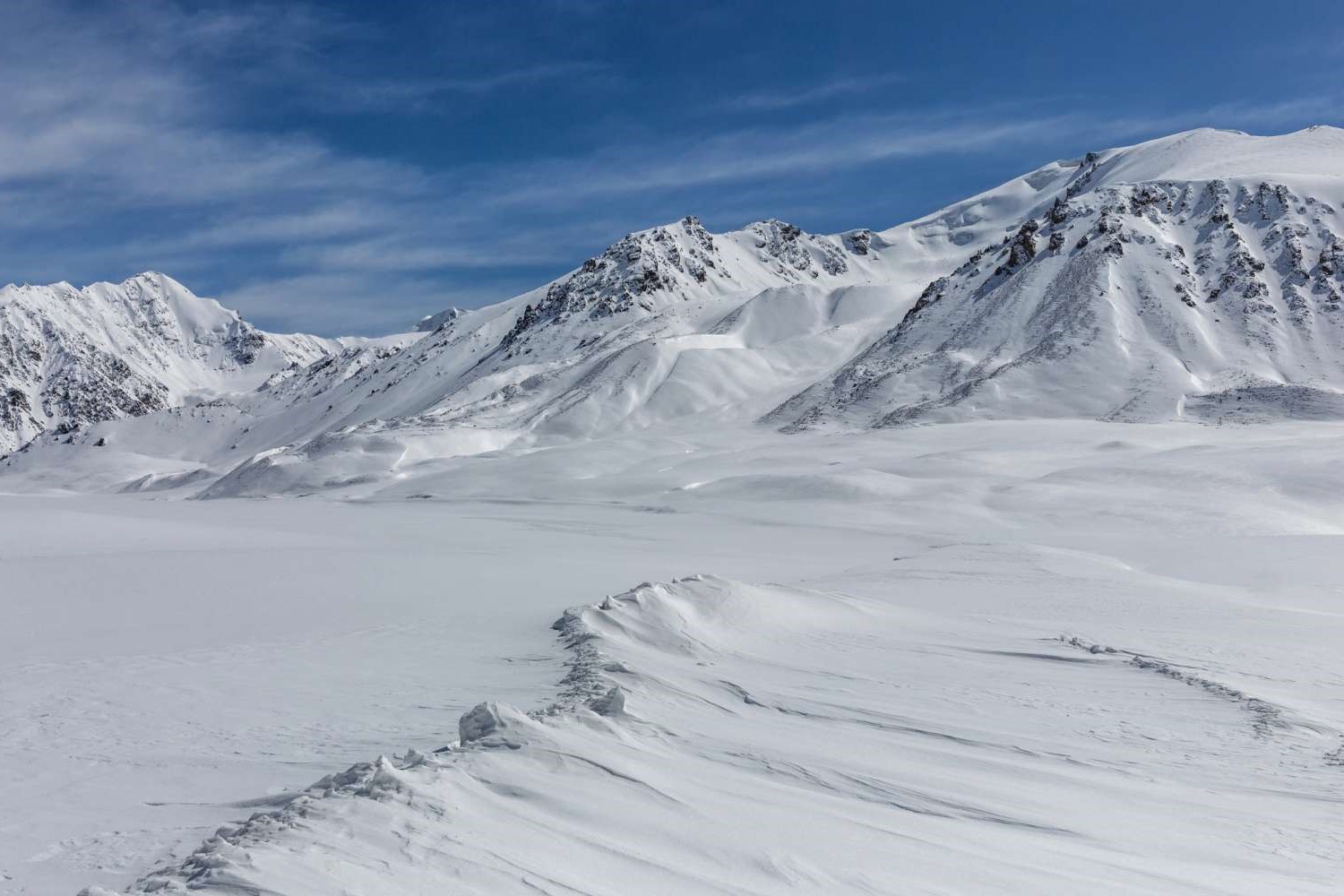

Weather and Climate
Tundra Weather Patterns Unfolded
Published: April 16, 2024
Explore the characteristics and climate zones of the tundra climate. Learn about the weather and climate patterns in this unique ecosystem.
(Many of the links in this article redirect to a specific reviewed product. Your purchase of these products through affiliate links helps to generate commission for Temperatures.com, at no extra cost. Learn more)
So, let’s dive into the heart of the tundra climate, a realm where cold and wind reign supreme. Picture vast, treeless landscapes, where the ground beneath is often frozen. This is the domain of the tundra, a place not for the faint-hearted but fascinating in its extremity.
In these regions, temperatures can plummet to -30°C or even lower during winter. Summer brings a slight reprieve, with mercury barely climbing above 10°C. Such cold conditions result from the tundra’s location, found primarily in the high latitudes of the Northern Hemisphere, encircling the Arctic.
Precipitation here doesn’t come as you might expect. Instead of abundant snowfall, the tundra receives less than 250mm annually, making it a desert of sorts, but with ice instead of sand. This scarcity of moisture, combined with freezing temperatures, creates a unique ecosystem, home to hardy species that can withstand the chill.
Permafrost is another hallmark of this climate, a layer of permanently frozen soil lying beneath the surface. During summer, only the top layer thaws, allowing a burst of life to emerge in a landscape that’s otherwise dormant for most of the year.
Understanding the tundra is to appreciate the resilience of nature in face of extreme conditions. It’s a testament to life’s ability to adapt and thrive, even in places that seem utterly inhospitable.


